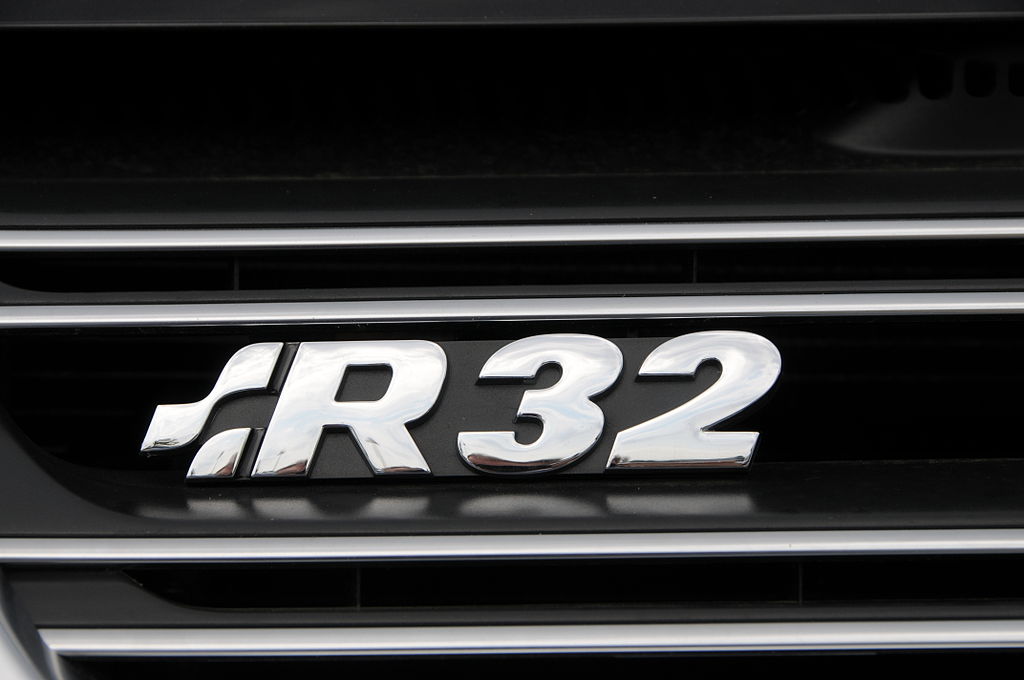
Back in 1976, a small German hatchback announced a new and exciting automotive class. It was a car that would bring performance driving to the masses. And it was called a hot hatch. Although the phrase game-changer is sometimes overused, the Volkswagen’s Golf GTI was just that. The GTI was not the first hot hatch, as there were others, but this was the first really capture the public’s imagination. Combining sports-car performance with a compact and practical family hatchback, this car was revolutionary and innovative.
Short History Lesson
The original hot hatch recipe is simple: you take a normal family hatchback car and ram it up with a powerful engine, suspension tweaks and bigger brakes. The first generation had a 1.6 liter four-cylinder fuel-injected engine, which propelled it to sixty MPH in about nine seconds. This was an astonishing result back in the day.
The second generation Golf GTI picked up where it predecessor left. With a new chassis structure and a new engine, it was still an organic car to drive. And with a 16-valve engine, it could hit the 60 MPH barrier in a magical eight seconds. However, at the start of the 90s, it seemed like the hot hatch party was over. The third generation Golf GTI was bigger and loaded with safety and comfort features, making it heavier and not as nimble as its predecessors. Despite a power upgrade and improved aerodynamics, it took well over eight seconds to reach 60 MPH.
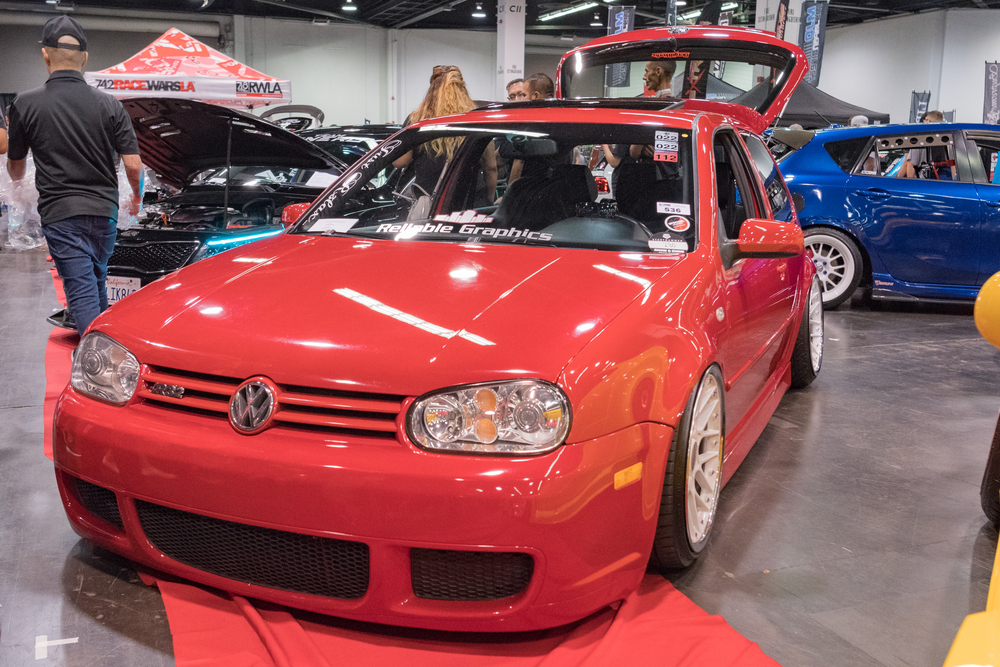
In 1998, the fourth generation Golf superseded the tricky page in the GTI book. It was not a massive leap forward in the looks department, but there were some interesting developments. As one of them, this generation was the first to bring a diesel option into the GTI, much to the shock and horror of many hot hatch enthusiasts. But the launch of the R32 in 2002 proved that madness was still present at Volkswagen. They took the 3.2 liter V6 engine from the Phaeton and dropped it into the Golf 4-motion. The result was the most exciting golf in over a decade.
What is the Volkswagen R32?
The R32 shares the structure and with the everyday Golf, meaning that it has many of its features. Still, these two cars are worlds apart in the performance department. With a noticeable power increase, an all-wheel drive system and a variety of other improvements, this ‘people’s car’ evolved into a serious performer.
The Golf R32 is a car that offers several advantages over the competition. With it, you get swift acceleration and precise handling while avoiding the boy racer stigma often associated with similar performance hot hatches. VW has taken a balanced approach in tuning the R32, resulting in a great all-around performance. The six-speed DSG dual-clutch transmission combines the convenience of an automatic with the feel and control of a manual. The shifts are ultra quick and the manual shift mode is satisfying to use. This way, the DSG transmission achieves the impossible task of pleasing both automatic and manual transmission fans. The powerful V6 engine delivers strong acceleration, while the standard all-wheel drive system ensures plenty of grip in all situations. Large brakes both front and back help shed the speed that the R32 accumulates so easily. On top of that, the steering is precise and responsive.
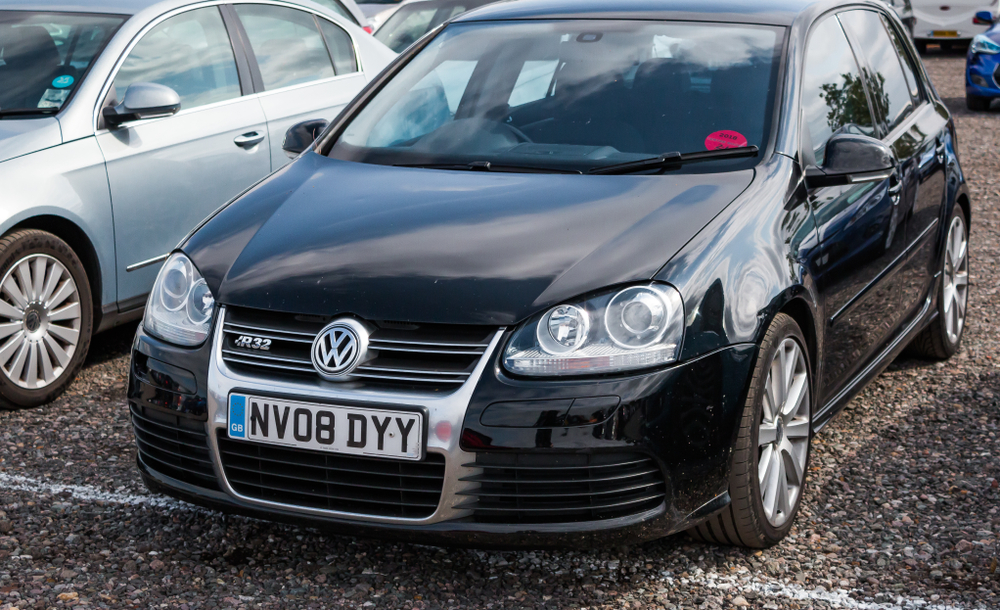
On the outside, the R32 had a tasteful exterior treatment. By forgoing huge wings and hood scoops enthusiasts can enjoy the performance without inviting undue attention from street racers or the police. Most noticeable details cues that distinguish the R32 from the standard Golf or GTI are the unique front grille design, blue brake calipers, dual exhaust and bigger wheels. The hatchback body style makes the R32 practical while simultaneously improving cargo space. Besides the standard three-door body style, the Volkswagen R32 comes in a five-door shape, making it a smart option for those who often use the back seats.
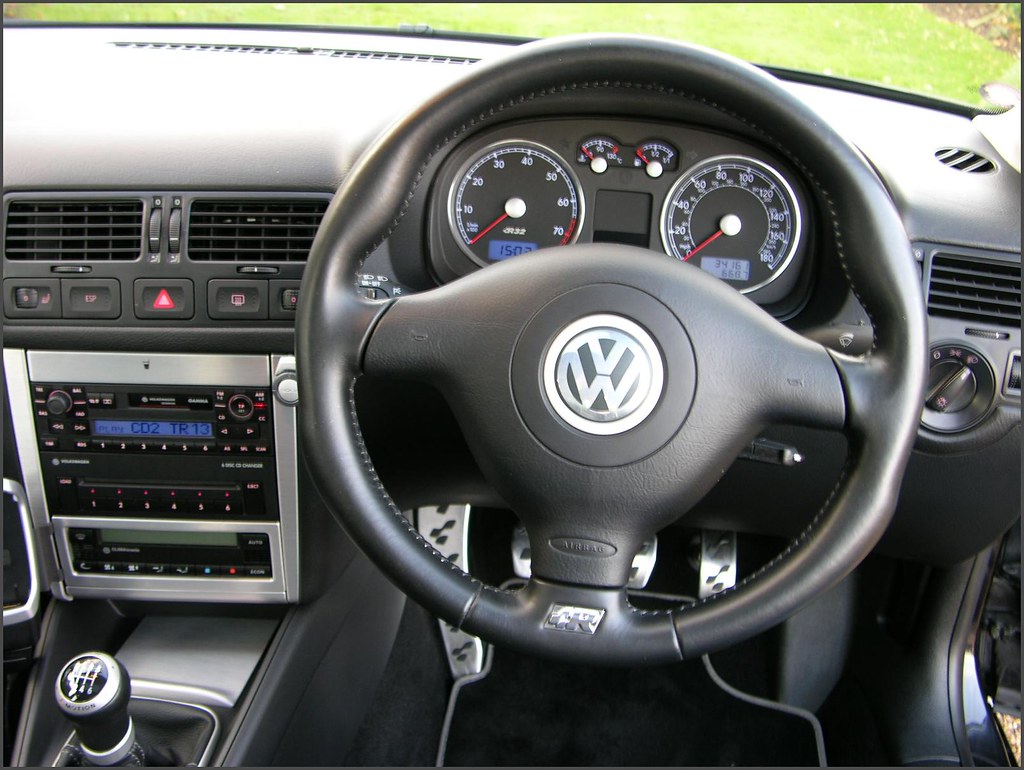
The performance focus of the R32 is further expressed in its interior. With a thicker steering wheel and highly bolstered front seats, it provides a genuine functional benefit for energetic driving. And keeping with Volkswagens reputation for top-notch interiors, the quality of the materials throughout the cabin is excellent. All R32s feature the safety of anti-lock brakes, traction and stability controls and front side and side curtain airbags.
When Did VW Stop Making It?
The R32 was available in two iterations, one based on fourth generation Golf and another based on the fifth generation. Both versions used a similar V6 engine, mated to either a 6-speed manual or DSG gearbox and Haldex four-wheel-drive system. This combination of DSG transmission and robust V6 helps the r32 leap from 0 to 60 miles per hour in about six and a half seconds.
Although the engine was the same, it delivered 250HP in the newer car, which was 10HP more than in the older one. This was mostly thanks to improved intake geometry. Still, the newer R32 was a massive leap forward in looks and it had a better suspension. It felt sportier than ever, with a stiff chassis making the most out of the tire grip. Te production spanned from 2002 to 2004 for the first generation of the R32. The second generation started in 2005, with last car leaving the factory in 2009.
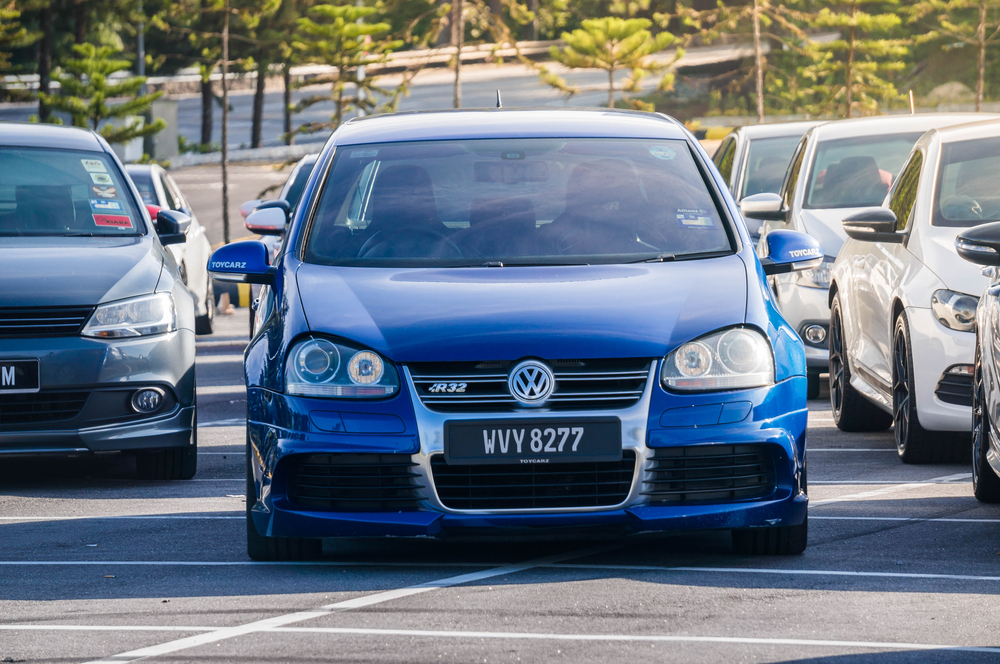
Is there Volkswagen R32 Turbo?
Unlike GTI models at that time, the R32 was never available with a turbocharged engine. However, this didn’t stop enthusiasts and specialists all over the world from fitting the already powerful engine with a turbo. As this is a very popular option, there are various aftermarket kits and many tuning specialists that offer this upgrade. The power increase depends on the budget and the amount of modified engine parts, with most powerful units delivering over 800 HP. Still, don’t forget that this upgrade can reduce the engine life-span. And if not installed properly, an aftermarket turbo can blow up the engine within seconds.
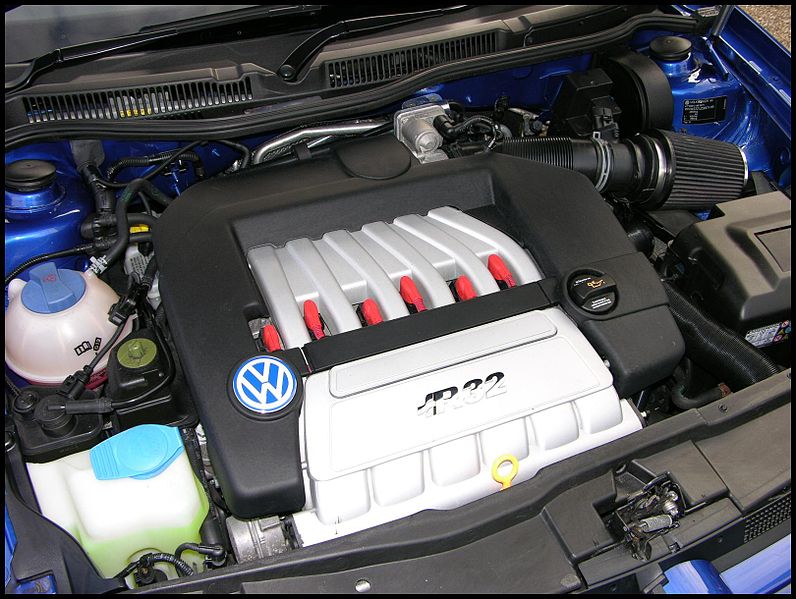
What’s Better Golf R or R32?
Based on the seventh generation of the VW bestseller, we could consider the Golf R a true successor of R32. But can it live up to the name? With 270HP and four wheel drive, it will reach 60 MPH well under 5 seconds. And it will keep going up to electronically limited 155 MPH. So, on the paper, it is more than worthy of this title. Still, the biggest difference between these two cars is under the hood. With a powerful but smooth V6 engine, the R32 was truly a gentleman’s hot hatch. It was a strong man with fine manners, dressed up in a fine Italian suite. On the other hand, Golf R uses an upgraded version of the GTI’s 2.0 liter turbo 4-cylinder engine. Although more powerful and nimbler, it lacks some silky and throaty R32 character.
Have you owned or driven the legendary Volkwagen R32? Comment below and let us know what your thoughts are on this special car!
Find the volkwagen r32 service manual right here.
